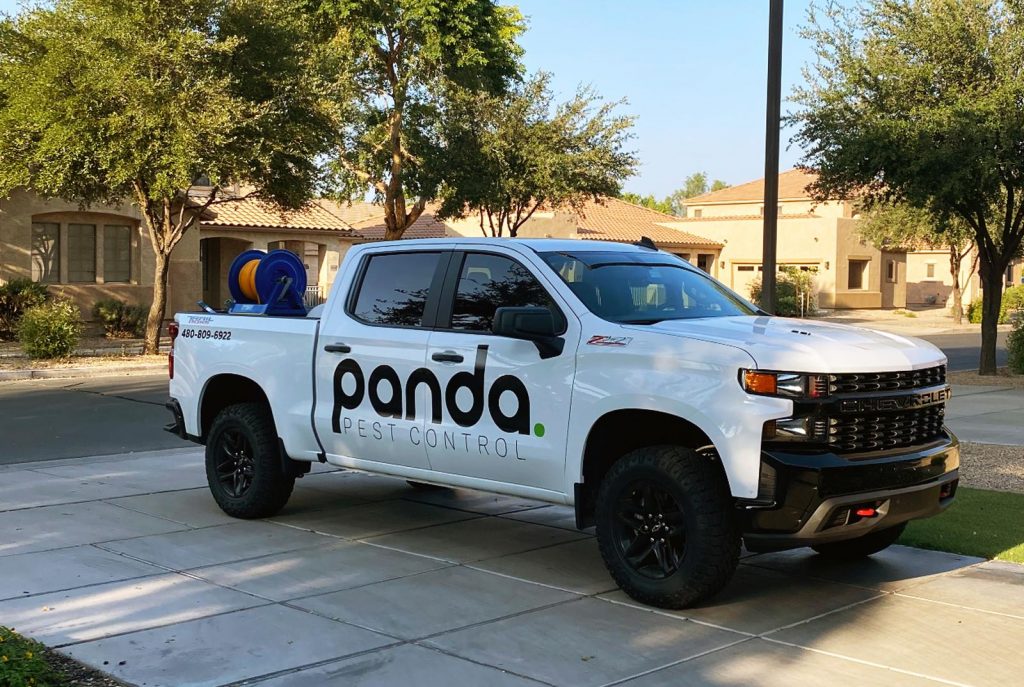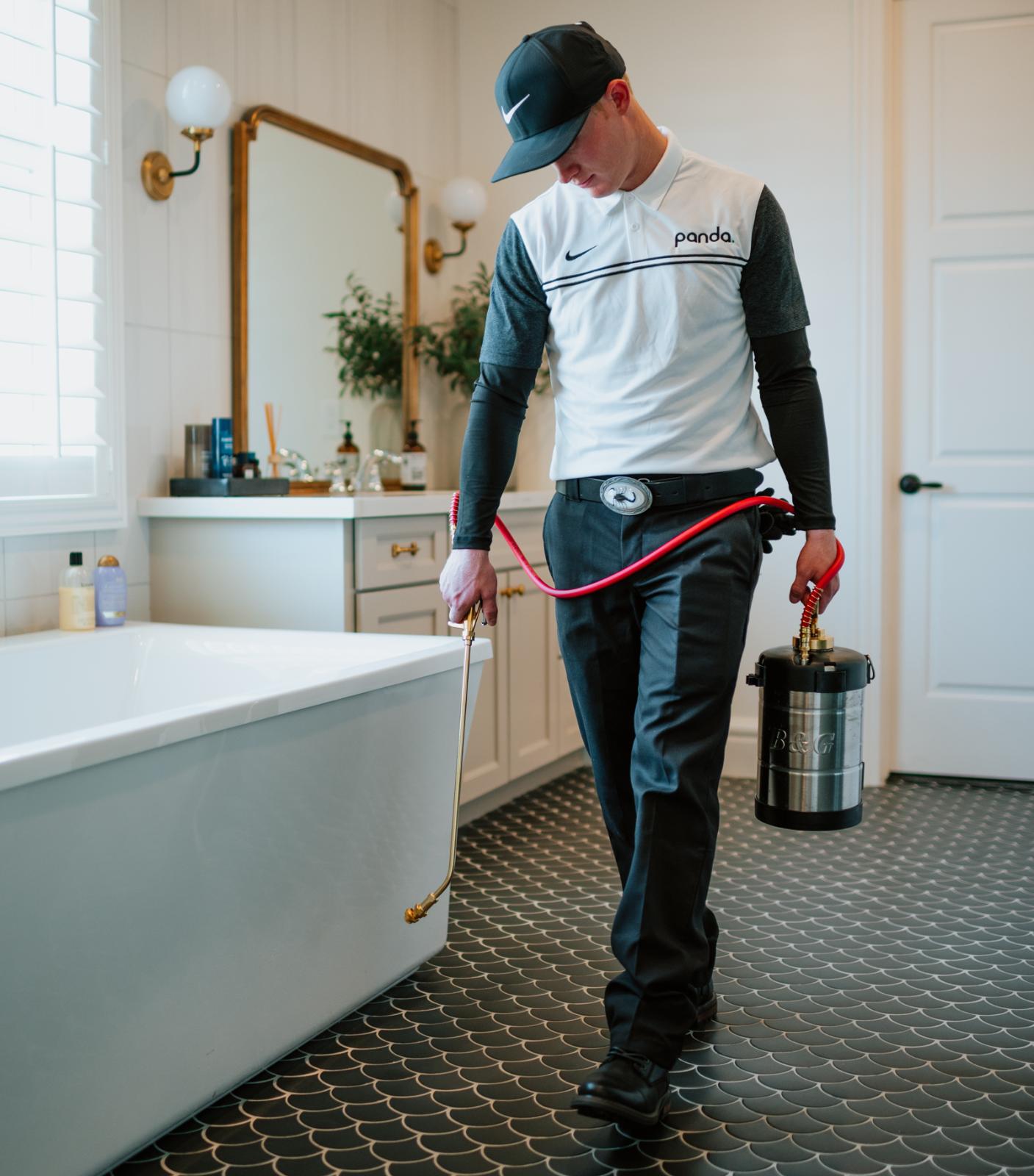Many homeowners start with do-it-yourself methods when they notice pests inside their property. Sprays, traps, and home remedies promise quick results, but they often only provide temporary relief. When infestations continue or risks increase, it becomes clear that a different approach is necessary. Knowing when to shift from DIY methods to professional pest control helps protect your home, health, and family from long-term problems.
While DIY efforts can be useful for minor, isolated issues, most pests are more complex than they appear. Ants may build sprawling colonies beneath foundations, cockroaches thrive in hidden crevices, and termites silently weaken wooden structures for months before being detected. Because infestations often develop out of sight, relying on surface-level treatments can create a false sense of security. Recognizing the limitations of DIY care is the first step toward ensuring pests are managed effectively and safely.
 Signs DIY Solutions Are No Longer Enough
Signs DIY Solutions Are No Longer Enough
DIY methods may work for minor, short-term issues, but they often fail when pest activity escalates. Recognizing early warning signs ensures that infestations do not spread.
Key signs that DIY is falling short include:
- Recurring infestations: Pests return even after repeated treatments.
- Hidden damage: Evidence of gnawed wires, wood tunnels, or nesting materials indicates larger issues.
- Health risks: Bites, droppings, or allergens from pests affect household members.
- Large populations: Seeing pests in multiple rooms or at different times of day.
- Limited impact: Traps or sprays only reduce surface activity, not the colony itself.
At this stage, relying on simple home solutions often wastes time and money. The expertise, tools, and strategies used in professional pest control are more effective for addressing these problems at their source.
Pest Situations That Demand Expert Attention
Not all pests present the same level of risk, but some infestations quickly get out of hand. These species often spread quickly, damage property, or pose health hazards that require immediate intervention.
Examples of pests requiring professional support include:
- Ants: Colonies spread rapidly, with species like carpenter ants causing structural damage.
- Bed bugs: Hard to locate and resistant to many DIY sprays.
- Fleas: Infestations affect pets and humans, spreading quickly through carpets and bedding.
- Cockroaches: Thrive in hidden areas and carry harmful bacteria.
- Rodents: Cause property damage and introduce health risks.
- Spiders: Some species are dangerous, and infestations indicate other pests nearby.
- Termites: Silent destroyers that compromise wood structures over time.
Homeowners dealing with these pests benefit from the precision of professionals who can identify the type of infestation and apply targeted solutions. Seasonal challenges, such as increased activity during pest surges in the monsoon season, further highlight the need for expert intervention.
Why Professional Pest Control Outperforms DIY
Professional services are not just about applying stronger products. They rely on training, experience, and methods that address infestations comprehensively rather than superficially.
Advantages of professional services include:
- Thorough inspections: Identifying pest type, entry points, and nesting sites.
- Targeted treatments: Customized methods based on species and infestation size.
- Safe application: Reduced risk for families, pets, and the environment.
- Preventive focus: Long-term solutions that reduce the likelihood of re-infestation.
- Integrated methods: Combining monitoring, treatments, and follow-up strategies.
This approach ensures pests are eliminated completely rather than temporarily reduced. Professionals also apply eco-friendly pest control techniques that balance effectiveness with safety, limiting overall environmental impact in the process.
The Cost of Waiting Too Long
Delaying professional intervention often allows pests to spread, leading to higher costs and risks. What begins as a small issue can quickly escalate into a serious infestation that affects health, property, and comfort.
Consequences of waiting include:
- Property damage: Termites and rodents cause costly structural repairs.
- Health threats: Allergies, bites, and contamination worsen over time.
- Greater expense: Treating advanced infestations requires more resources.
- Reputation risks: For rental properties, pest issues can drive away tenants or guests.
- Emotional stress: Living with ongoing infestations creates anxiety and frustration.
By upgrading to professional pest control promptly, homeowners save money in the long run and avoid the disruptions caused by untreated infestations.
Building Lasting Protection for Your Home
Professional pest control goes beyond eliminating current infestations. It builds long-term protection through regular inspections, preventive treatments, and homeowner education. Professionals also address conditions that allow pests to thrive, such as excess moisture, clutter, or cracks in foundations.
Long-term benefits include:
- Consistent monitoring: Early detection before infestations spread.
- Customized prevention: Solutions tailored to property type and environment.
- Ongoing peace of mind: Reduced worry about recurring pest activity.
- Protection across seasons: Adjusting strategies to handle pests active at different times of year.
- Comprehensive coverage: Managing multiple pests rather than just one type.
This combination of elimination and prevention ensures homes remain safe and comfortable year-round, even in areas where pest pressure is high.
Take Control Before Pests Do
DIY methods have limits, and waiting too long to act can lead to bigger problems. Upgrading to professional pest control ensures infestations are eliminated effectively and prevented from returning. For expert solutions that safeguard your home and family, contact Panda Pest Control today and experience the peace of mind that comes with true protection.


